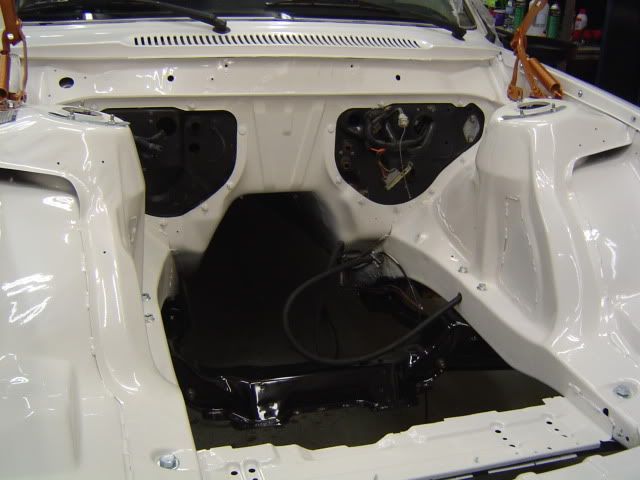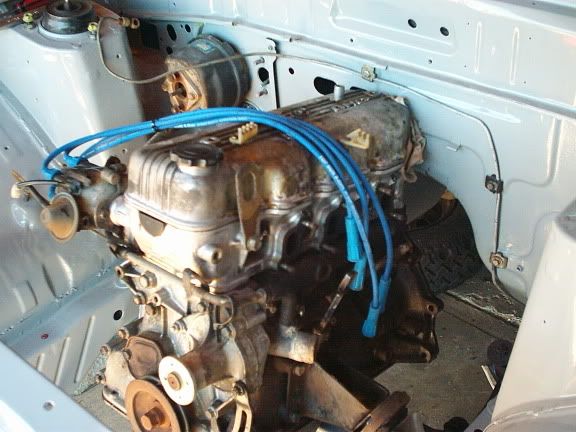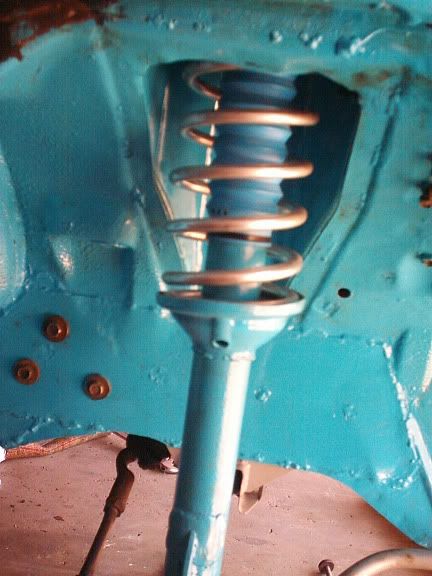Jerd
Active member
- Joined
- Mar 1, 2008
- Location
- Vancouver WA
Will it do any good? If so im going to do it right now.
What are some good locations, share pictures?
What are some good locations, share pictures?
Hello Guest, welcome to the initial stages of our new platform!
You can find some additional information about where we are in the process of migrating the board and setting up our new software here
Thank you for being a part of our community!
You don't really want to lay down continuous welds - you want to weld for about an inch, leave a gap of about an inch, weld for about an inch, etc.
It does help body rigidity and lifespan, but don't go thinking that it will be an amazing difference. This is particularly true of a 200+ Volvo that it pretty rigid to begin with.
If you ever need to replace a corner/front cut that's been seam welded, you'll be hating life.
Lots of info on various rally sites around the place. Everyone has their own theory about the best parts/places to do on each car - but its kinda like head porting: Everyone can find something to criticise about other people's work/decisions...
It does help body rigidity and lifespan, but don't go thinking that it will be an amazing difference. This is particularly true of a 200+ Volvo that it pretty rigid to begin with.
Not sure I agree with that. It might not be a massive difference on a brand new 240, but at this point the newest shells are over 15 years old. They invariably get flexy after 100k+ miles on the road. Almost all 240s I've seen have shown cracking or separating around the hood hinge area. You've got 5 or more different pieces of the unibody all coming together in one place. That's probably one of the first places I would add some weld to.
You can also do as (I think) John V has suggested and go around all the door and window openings with a spot welder. That supposedly does a lot to stiffen up the chassis.
i think he meant a 2000 or newer car not the newer 200 series
I am yet to see a 240 cracked in the area you've mentioned.

Yeah i figured, i have seen a few pictures and i got the main idea down, im sure the goal is lots of penetration.

Actually meant 200 series and newer.
Having pounded my 164 rally car to death, and then built the 244, its interesting to see that when Volvo designed the 200s, they improved all of the problem areas that I discovered in the 100.
The new stuff is out of my league, but general experience says that they are much stronger in most ways (thanks to airbags removing the need for traditional crumple zones, basically).

This is my attempt at seam welding. I cut this piece of metal out of a spare trunk lid to stiffen up the rear. It ended up taking alot more time than I figured it would. Put a couple of coats of quiet car on it after.


I just noticed in the 11 second wagon too!


